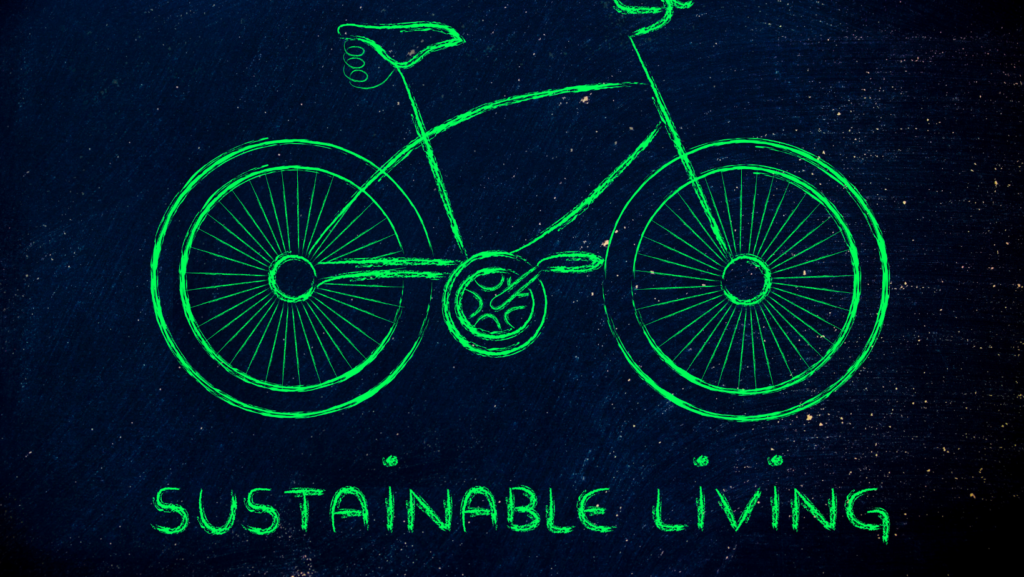Imagine a lifestyle where your impact on the planet is minimized, and your dependence on external resources is drastically reduced. This is the essence of self-sustainable living, a practice that’s gaining traction among those looking to reduce their carbon footprint and live a more intentional, environmentally friendly life. By harnessing techniques like growing their own food, using renewable energy sources for game deals, and minimizing waste, individuals can create a living space that not only supports itself but also contributes positively to the environment.
Self Sustainable Living
Self sustainable living refers to the practices and lifestyles that enable individuals to minimize their reliance on external resources. This way of life focuses on reducing one’s environmental footprint by efficiently managing and using personal and local resources. It encompasses a variety of activities, including growing one’s own food, using renewable energy sources like solar or wind power, and implementing water conservation measures. Self sustainable living doesn’t just aim for environmental benefits but also seeks financial independence and a more fulfilling, autonomous lifestyle.
The Core Principles of Sustainability
 The core principles of sustainability serve as the foundation for self sustainable living. They guide individuals in their choices and behaviors to ensure long-term ecological balance and resource availability. Key principles include:
The core principles of sustainability serve as the foundation for self sustainable living. They guide individuals in their choices and behaviors to ensure long-term ecological balance and resource availability. Key principles include:
- Resource Efficiency: Utilize materials and resources, such as water and energy, in the most efficient ways possible, reducing waste and maximizing utility.
- Local Sourcing: Favor products and services that are produced locally to reduce carbon footprint and support local economies.
- Renewable Focus: Prioritize the use of renewable over non-renewable resources to ensure sustainability for future generations.
- Waste Minimization: Aim to produce as little waste as possible and find ways to upcycle or recycle what can’t be avoided.
- Biodiversity Preservation: Protect and promote biodiversity by maintaining natural habitats and planting diverse flora that support local wildlife.
Implementing these principles helps individuals create sustainable environments that contribute positively to their surroundings and promote a healthier planet.
Benefits of Self Sustainable Living
 Self-sustainable living offers significant advantages, ranging from economic savings to environmental conservation. Key benefits include reduced utility bills due to the reliance on renewable energy sources such as solar and wind power. Additionally, growing one’s own food minimizes the household’s grocery expenses and ensures access to fresh, pesticide-free produce. For effective energy management and cost-saving solutions, Utility Bidder offers expert guidance to help you make informed decisions.
Self-sustainable living offers significant advantages, ranging from economic savings to environmental conservation. Key benefits include reduced utility bills due to the reliance on renewable energy sources such as solar and wind power. Additionally, growing one’s own food minimizes the household’s grocery expenses and ensures access to fresh, pesticide-free produce. For effective energy management and cost-saving solutions, Utility Bidder offers expert guidance to help you make informed decisions.
Environmentally, this lifestyle substantially lowers carbon footprints by minimizing waste and reducing dependence on non-renewable energy. It also promotes biodiversity as natural garden ecosystems support local wildlife. Furthermore, living self-sustainably fosters a stronger sense of community through shared sustainability efforts and local sourcing, enhancing social ties and collective resilience.
Overall, the move to self-sustainable living not only aligns with global sustainability goals but also enhances personal wellbeing and community health.
Key Components of a Self Sustainable Home
 A self-sustainable home integrates crucial elements to minimize environmental impact and dependence on external resources. Effective sustainable home design includes several core components:
A self-sustainable home integrates crucial elements to minimize environmental impact and dependence on external resources. Effective sustainable home design includes several core components:
- Renewable Energy Sources: Homes use solar panels, wind turbines, or hydropower systems, ensuring a constant supply of renewable energy. This aligns with the principles of reducing carbon emissions and saving on electricity costs.
- Water Conservation Systems: Features such as rainwater harvesting systems and greywater recycling are essential. They reduce water usage and dependency on municipal water systems.
- Energy-Efficient Appliances: Selecting energy-efficient appliances cuts down on electricity consumption. Appliances with ENERGY STAR ratings offer optimal performance while conserving energy.
- Sustainable Building Materials: Using materials like bamboo, recycled steel, and reclaimed wood not only reduces the home’s carbon footprint but also supports biodiversity by reducing the demand for new raw resources.
These components, when integrated skillfully, forge homes that are not only eco-friendly but also economically viable, enhancing self-sufficiency and supporting broader sustainability goals.
Challenges in Adopting Self Sustainable Living
Embracing self-sustainable living can be a rewarding yet challenging journey. It requires a shift in mindset and lifestyle that may initially seem daunting. However, the long-term benefits of a reduced environmental footprint and enhanced self-sufficiency make this transition worthwhile. As individuals and communities continue to adopt these practices, they pave the way for a more sustainable and economically viable future. It’s a proactive approach to living that not only conserves resources but also fosters a deeper connection with the environment.

